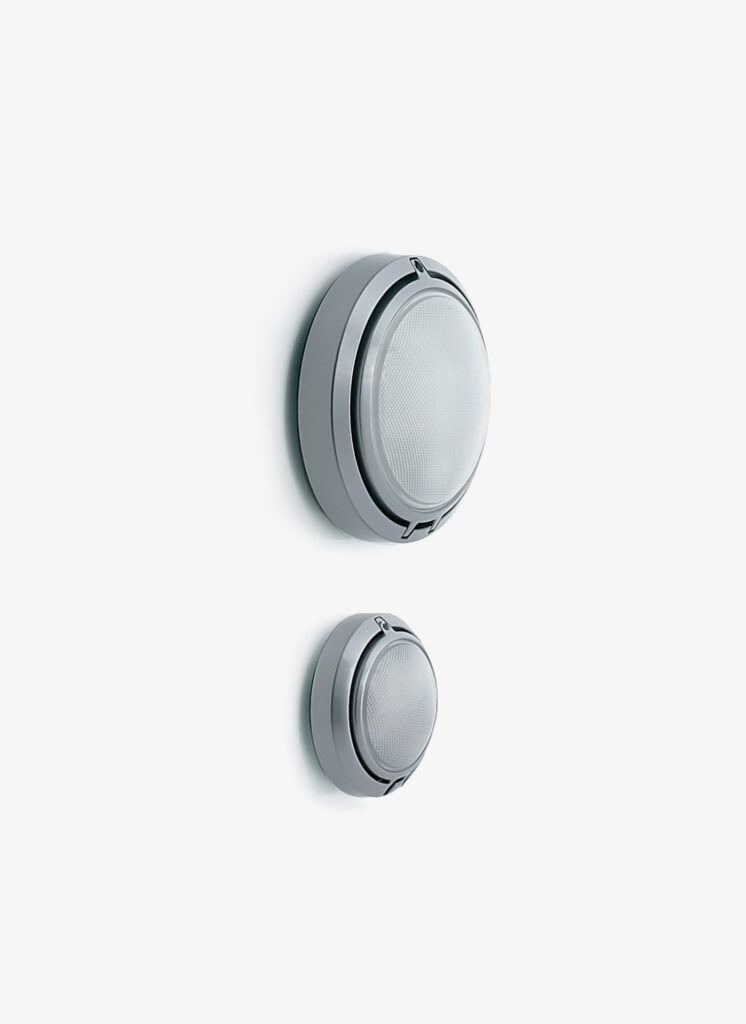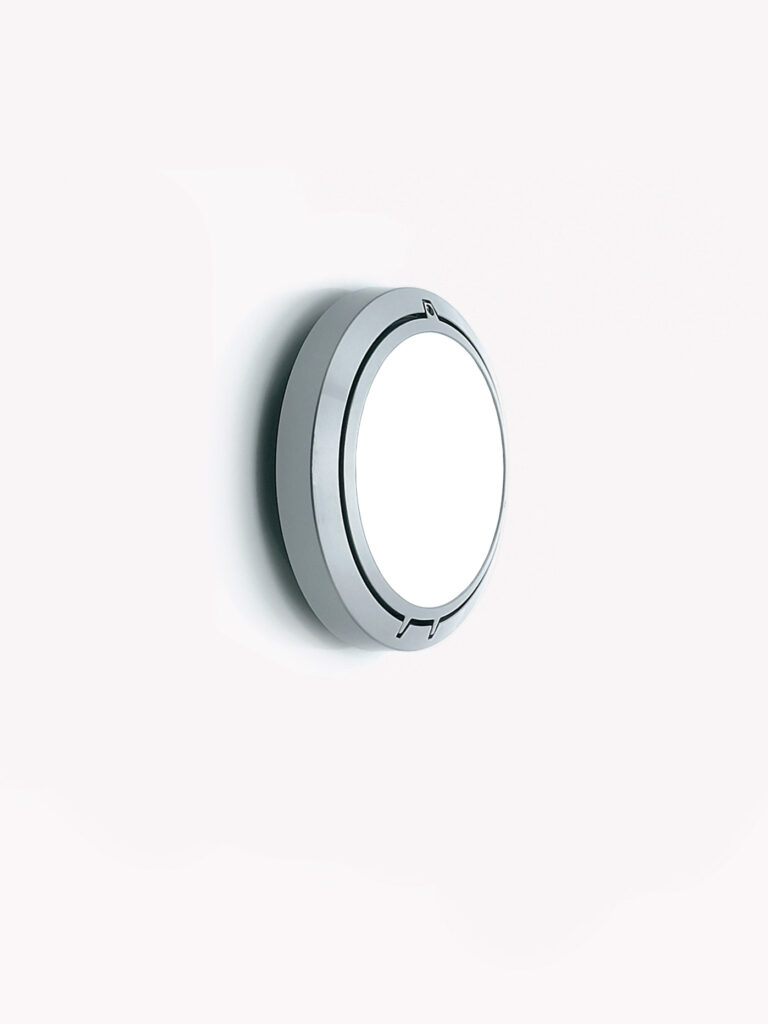Parete
Le lampade a parete Luceplan riflettono un design essenziale e versatile, con una particolare attenzione alla tecnologia dell’effetto luminoso.
Giochi di luci e ombra permettono di dare maggiore profondità e plasticità alle pareti creando composizioni che decorano lo spazio, rendendo ogni ambiente unico e confortevole.
Lasciati ispirare dalle nostre soluzioni di illuminazione
Offriamo le soluzioni per ogni spazio, sia per ambienti pubblici o privati. Scopri le nostre referenze e lasciati ispirare.
Scopri i nostri progetti
Scopri tutte le collezioni
Scarica il nostro catalogo e scopri tutte le nostre collezioni.
Download

















































